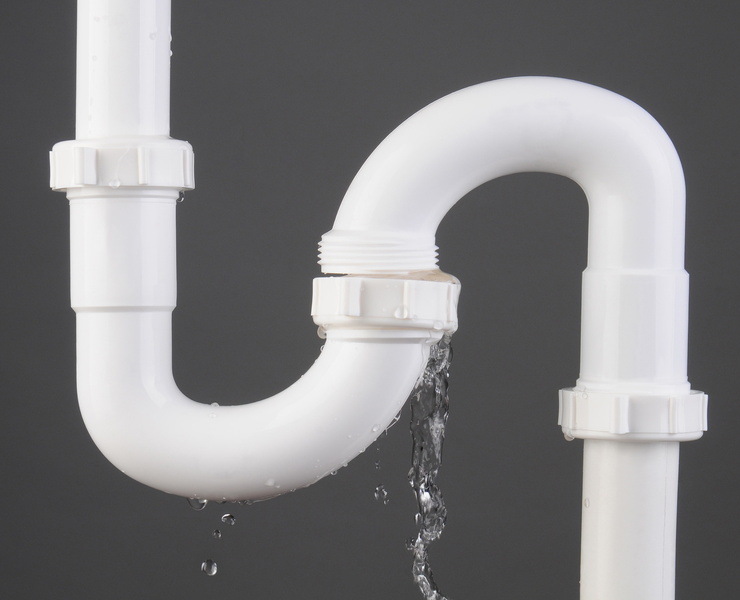Just how to Discover and Repair Water Leaks-- A Comprehensive Overview
Just how to Discover and Repair Water Leaks-- A Comprehensive Overview
Blog Article
We have discovered this article pertaining to Detecting hidden plumbing leaks directly below on the internet and thought it made sense to relate it with you in this article.

Early discovery of dripping water lines can reduce a possible catastrophe. Some little water leaks might not be visible.
1. Check Out the Water Meter
Inspecting it is a guaranteed means that helps you uncover leaks. If it moves, that suggests a fast-moving leak. This indicates you might have a slow-moving leak that could even be underground.
2. Inspect Water Intake
Analyze your water bills and track your water intake. As the one paying it, you should discover if there are any type of inconsistencies. If you detect sudden changes, regardless of your intake coinciding, it means that you have leaks in your plumbing system. Remember, your water bill ought to fall under the same range every month. A sudden spike in your bill indicates a fast-moving leak.
A steady rise every month, also with the exact same practices, shows you have a slow leakage that's likewise slowly escalating. Call a plumber to thoroughly examine your property, specifically if you really feel a warm location on your flooring with piping underneath.
3. Do a Food Coloring Examination
When it involves water usage, 30% comes from commodes. Test to see if they are running effectively. Decrease specks of food shade in the storage tank and wait 10 mins. If the color in some way infiltrates your bowl throughout that time without flushing, there's a leakage between the container as well as bowl.
4. Asses Exterior Lines
Don't fail to remember to examine your exterior water lines too. Test spigots by connecting a yard tube. Needs to water leak out of the link, you have a loosened rubber gasket. Change this and make certain all links are tight. If you have actually got a sprinkler system, it will certainly help get it properly analyzed and also preserved each year. One small leakage can waste lots of water and also surge your water costs.
5. Inspect as well as Assess the Situation
House owners should make it a practice to inspect under the sink counters and also also inside cabinets for any type of bad odor or mold and mildew development. These 2 warnings show a leak so prompt interest is needed. Doing regular inspections, even bi-annually, can save you from a major issue.
Inspect for discolorations and weakening as the majority of pipelines as well as home appliances have a life span. If you think dripping water lines in your plumbing system, don't wait for it to escalate.
Early discovery of dripping water lines can reduce a potential calamity. Some small water leaks might not be visible. Checking it is a proven method that helps you uncover leakages. One tiny leak can waste bunches of water and also surge your water bill.
If you presume leaking water lines in your plumbing system, do not wait for it to rise.
5 Signs that Your Home Has a Hidden Leak
Your water bill is unusually high without explanation
Generally, your water bill tends to stay consistent throughout the year as long as the same number of people live in your household year round. The bill might be higher during certain times of the year, such as summer, when your lawn may require more watering than it does in cooler months. However, if you notice a rise in your water bill that you can’t explain, it’s an indicator that there’s a hidden leak somewhere in your home.
You hear running water
One of the biggest signs that you have a water leak is the sound of rushing water when no plumbing fixtures are on and when no water-using appliances are running. If you hear running water in your walls when no water is being used anywhere in your home, locate your home’s main water shut-off valve, shut off your water supply, and contact a plumber at once.
Your home smells musty
Hidden leaks often occur in dark spaces, such as behind walls or under carpeting. Incidentally, darkness and moisture can create an ideal breeding environment for mold or mildew. If you start to smell mildew or the scent of rotting wood or stagnant water around your home, it’s a fair bet that a leak is the culprit.
You find wet spots around your home
The wet spots usually show up as moist areas in your carpeting. If your home has a basement level, puddles on the floor could indicate a slab leak. Outside, unexplainable puddles or lush, green patches in your yard often mean that there’s a leak in your sewer line or main water line.
You have stains, bubbles, or condensation on your walls/ceiling
Stains or condensation on your walls or ceiling are both major signs of a hidden leak. Also, drywall (AKA. sheetrock) is very absorbent, and as it takes on more water from a leak behind a wall, it will start to bubble, swell, or warp. If you see this happening in your home, don’t wait to contact a plumber before the water damage spreads.
https://www.ezflowplumbingaz.com/blog/2019/june/5-signs-that-your-home-has-a-hidden-leak/

I was made aware of that report about Detecting hidden plumbing leaks from an associate on our other web page. You should take the time to share this content if you liked it. Thanks a lot for your time. Don't forget to stop by our site back soon.
Report this page